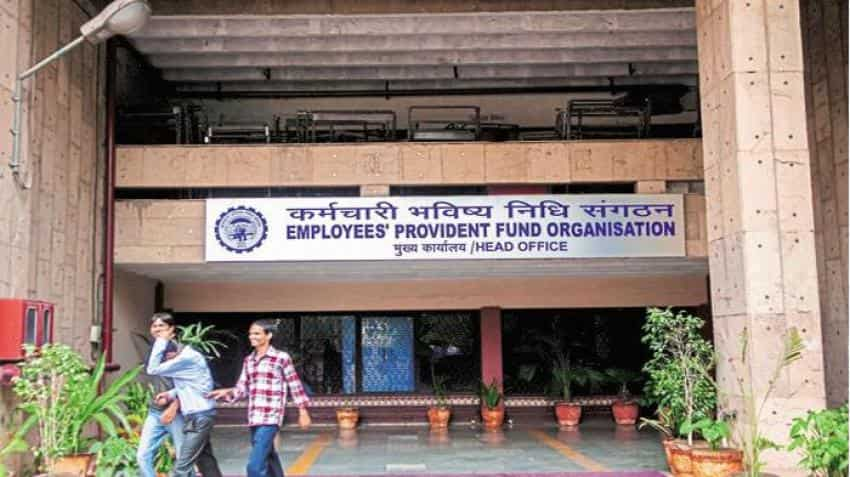Up to a fourth of your contribution to the employees’ provident fund (EPF) may go into equities if a plan being considered by the country’s retirement fund manager bears fruit, reports Livemint.
Currently, the Employees Provident Fund Organisation (EPFO) invests 15% of contributions in equities and the rest in debt.
People aware of the matter told Livemint that EPFO is considering allowing employees with higher salaries to route 25% of their PF contribution into stocks while retaining the 15% cap for low-income employees.
“We have discussed the proposal a couple of times in recent months. In the next finance and investment advisory committee meeting, the issue will be taken up again,” Prabhakar Banasure, a member of the committee told Livemint, adding “The choice is a logical requirement in investment decisions.”
According to the report, if the proposal takes effect, this will be a departure from the EPFO’s one-size-fits-all policy for investing retirement savings of millions of subscribers.
The report also says that the rethink comes as provident fund subscribers are seeking better returns even as returns from debt investments remain low. The move, if it goes through, will also help EPFO take on competition from the National Pension System, which allows subscribers to invest up to 50% of their savings in equities.
EPFO started investing in equity through exchange-traded funds from August 2015. It started by investing 5% of contributions and has since raised it to 15%. The rest go into debt market instruments such as government securities, private sector bonds, and bank fixed deposits.
EPFO has annual accruals of over Rs1.2 trillion and has total assets under management worth Rs11 trillion.
Of its 50 million active subscribers, official estimates suggest that around 75% earn up to Rs 15,000 a month. But it’s the rest who contribute the bulk of the retirement fund manager’s annual savings corpus.
As per the report, as of January 2018, EPFO has an equity exposure of Rs 44,000 crore. Greater equity exposure may also mean more domestic funds in the stock market, a sweetener for a market which is already on a high for the past couple of years.
Every month, EPFO subscribers contribute 12% of their basic salary as a mandatory EPF contribution to build a retirement corpus, with a matching 12% contributed by employers.
“Debt market, going forward, may not give us the best returns and increasing equity exposure may help beat the shortfall. A well-earning subscriber thinks of creating a retirement corpus which will offer a better inflation-adjusted return in the long term; here, 25% exposure could be a good starting point,” a person aware of the matter told Livemint.
“The low-income employees may continue to invest 15% in stocks and the rest in debt and continue to get a stable assured return without taking a risk. With time, EPFO needs to evolve as an asset manager,” he added.
11:38 AM IST







 EPFO Latest News alert! Need money? Good news! You can withdraw PF but there is condition
EPFO Latest News alert! Need money? Good news! You can withdraw PF but there is condition  EPFO EPS pension 95 latest news: Big news for pensioners! Modi Government directs disbursal of pension in advance
EPFO EPS pension 95 latest news: Big news for pensioners! Modi Government directs disbursal of pension in advance EPFO Online: Want to claim money from dormant EPF account? Rs 26,497 crore unclaimed amount at stake; Do this at epfindia.com
EPFO Online: Want to claim money from dormant EPF account? Rs 26,497 crore unclaimed amount at stake; Do this at epfindia.com EPFO Alert! Government to pay entire Provident Fund contribution of select employees for 3 months, ready to amend EPF rules
EPFO Alert! Government to pay entire Provident Fund contribution of select employees for 3 months, ready to amend EPF rules Good news for EPS pensioners! EPFO issues directions for timely credit of monthly pension
Good news for EPS pensioners! EPFO issues directions for timely credit of monthly pension